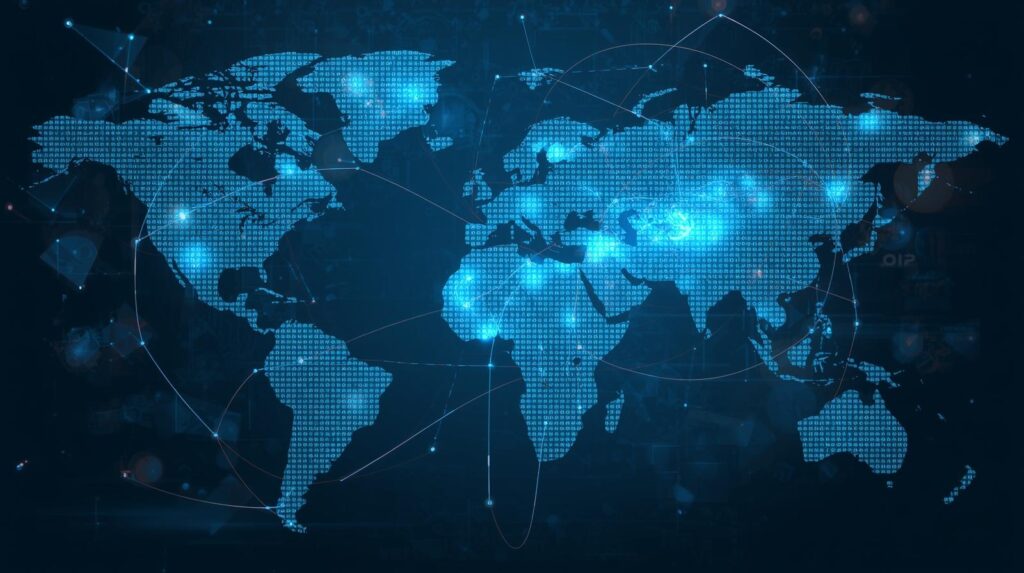When you think about translation, the first thing that may cross your mind is words being swapped from one language into another. A Spanish word becomes English, and a Japanese phrase turns into French. Sounds easy, right? Well, that’s not really the case.
Translation is more about meaning than just replacing words, and what perfectly shapes the meaning is culture. A phrase that makes perfect sense in Australian English might sound odd, offensive, or even meaningless when translated literally into another language. This sums up the importance of cultural nuances, which is something many people overlook during translation.
At Beyond Translation, we believe it’s necessary to learn about these nuances as it improves the authenticity of translation. Let’s delve deeper into the role cultural nuances play in translation and why they matter so much.
How Cultures Shape Languages
A language doesn’t begin to exist magically. Its origin comes from a community’s history, culture, values, and everyday life. Take the Australian slang, for example. The word “arvo” has been used for afternoon for several decades, and “g’day” is a popular slang term for good day. These terms are familiar to us, but to somebody outside Australia, they can sound confusing.
The same thing happens all around the world. In Japanese, you will often find polite expressions that don’t have a direct English equivalent. In Arabic, metaphors tied to Middle East traditions may not make sense in another culture.
So, if a translation ignores culture, it risks losing meaning. Imagine trying to explain an Aussie joke about footy to someone who’s never seen a match; it just doesn’t land. The same principle applies when translating texts across languages and cultures.
The Role of Cultural Nuances in Translation
To see why this matters, let’s look at how cultural nuances influence translation:
1. Idioms and Sayings: In English, we say “raining cats and dogs” when it’s raining heavily. Translate that literally into another language, and people might wonder why animals are falling from the sky. The translator’s job is to find an equivalent phrase in the target culture that conveys the same meaning.
2. Politeness Levels: In many Asian languages, like Korean or Japanese, the way you speak to your boss differs greatly from how you’d speak to a friend. English doesn’t carry those levels in the same way. A translator must capture that nuance to avoid disrespect or awkwardness.
3. Humour: Australian humour is often dry, ironic, and self-deprecating. A direct translation of a joke might not work in another language if the target culture values more straightforward humour. It’s up to the translator to decide whether to adapt the joke or leave it out.
4. Colours and Symbols: In Western cultures, white often symbolises purity. In many Asian cultures, white is the colour of mourning. A brand translating its advertising into another language needs to be aware of such differences.
Why Cultural Nuances Matter for Businesses

Cultural nuances in translation can make or break communication for businesses. If you’re reaching international clients, marketing to multicultural communities at home, or building partnerships overseas, getting the tone right matters.
Let’s use food businesses as an example. Melbourne is famous for its multicultural food scene, from Italian and Greek to Chinese and Indian. If a restaurant translates its menu without considering cultural nuance, dishes might sound unappetising or lose their charm. A poorly translated menu might even drive customers away.
Or think about medical information. Translating health advice for migrant communities requires more than swapping words. It requires sensitivity to cultural beliefs about health and illness. Miscommunication here isn’t just awkward; it could also be dangerous.
Even in everyday business communication, a culturally aware translation shows respect and builds trust. And in a city as diverse as Melbourne, where nearly half the population was born overseas or has at least one parent born abroad, that trust matters.
Literal Translation vs Cultural Translation
Let’s compare the two approaches:
- Literal Translation: Focuses on replacing each word with its direct equivalent. Fast, but risky.
- Cultural Translation: Focuses on meaning, tone, and context. Slower, but accurate.
Here’s a simple example:
- Literal: “Break a leg!” – Someone might think you’re wishing injury on someone.
- Cultural: “Break a leg!” – Understood as “Good luck,” which is a common idiom in theatre and performance circles.
Challenges Faced by Translators
Working with cultural nuances isn’t always straightforward. Some challenges include:
1. No Direct Equivalents: Some concepts simply don’t exist in other languages.
2. Context Changes: A phrase that’s polite in one situation may be rude in another.
3. Balancing Accuracy and Flow: A translator must decide whether to prioritise literal meaning or cultural clarity.
4. Client Expectations: Sometimes, clients expect a word-for-word translation, not realising that it might sound unnatural.
Why Professional Translation Services Matter?

This is why professional translators don’t just know languages but are also familiar with different cultures. A good translator is part linguist, part cultural bridge-builder.
Nowadays, it’s easier to get documents because of Google Translate and AI tools. However, these tools often miss cultural nuance. They may give you the words, but not the meaning.
Professional translation services, like Beyond Translation, bring cultural understanding to the table. They know that:
- A marketing slogan should inspire, not confuse.
- A medical instruction must be clear, not open to interpretation.
- A legal contract must be precise, without cultural ambiguity.
For Melbourne businesses and organisations, working with professional translators helps guarantee that communication is not just accurate but also respectful and effective.
Final Thoughts
So, do cultural nuances matter in translation? Yes, they absolutely do. They’re not an “extra” addition but a must-have for successful communication. Translation without cultural awareness is like telling somebody a joke with the punchline missing and expecting them to laugh.
Here in Melbourne, cultures mix, overlap, and thrive together. So, paying attention to these nuances isn’t just good practice but also part of living and doing business in our city. If you’re a business owner and looking for translation services in Melbourne, Beyond Translation has got your back. Our expert translators have proficiency in over 140 languages and aim to provide a one-stop translation solution for all your language requirements.
So, what are you waiting for? Connect with us now and take your business to unexplored markets from around the world!